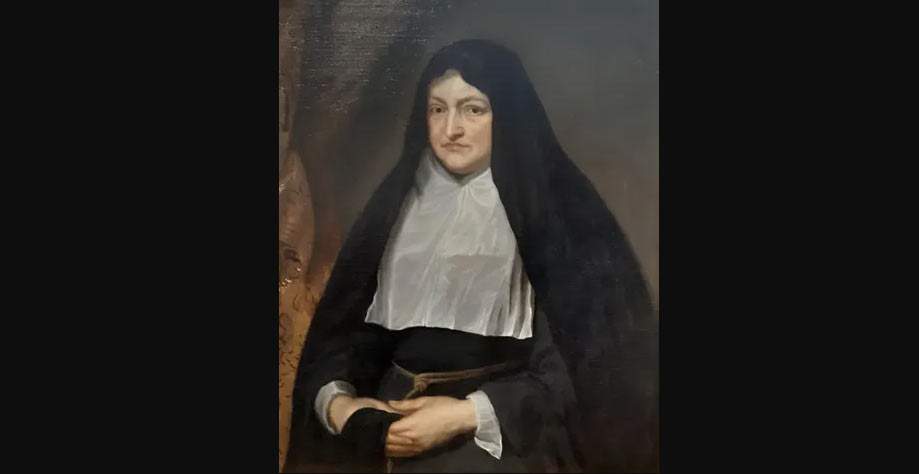In 1970 he had bought a painting for the modest sum of 65 pounds (discounted to today would be about 900, or just under 1,100 euros), believing it to be a copy of a portrait by one of the greatest Dutch artists of the seventeenth century, Anton van Dyck. Now, however, art historian Christopher Wright, owner of the painting (a portrait of the Infanta of Spain, Isabella Clara Eugenia of Habsburg, daughter of King Philip II, sovereign princess of the Spanish Netherlands between 1598 and 1621 and then governor from 1621 to 1633) has realized that it may in fact be an original. The story was told by the Guardian.
“I bought it from a dealer in west London,” he told the English newspaper. “As an art historian I was buying it as a copy. And strangely enough I was not aware of it. As the saying goes, the worst shoes are the shoemaker’s shoes. And so the art historian’s collection is the least seen.” The work, according to the Guardian, may be worth about 40,000 pounds, although some Van Dyck portraits comparable to this one have garnered even seven-figure sums. Believing that the work may be an original is an influential art historian, Colin Harrison, senior curator of European art at the Ashmolean Museum in Oxford, one of England’s major museums. According to Harrison, who was visiting Wright, the revealing detail would be the hands of the woman depicted.
Wright, at Harrison’s instigation, then had the painting analyzed and restored at the Courtauld Institute of Art in London, and opinions came from this side as well that supported the hunch. Indeed, the work was dirty and its legibility was compromised by yellowed varnishes. The Guardian cites a report from the Courtauld, written by Kendall Francis and Timothy McCall, which states that Van Dyck and his workshop produced many portraits of the infanta of Spain and that it is therefore very difficult to determine how far the master’s contribution went and where the assistants stopped instead. “The skill with which the work was painted,” reads a quote from the report quoted by the Guardian, “leads us to tentatively propose that it may be attributed to Van Dyck’s workshop and that it was completed during his lifetime and under his supervision.” The fact that it was deemed a workshop work explains the estimate forty times higher than the price Wright paid for the painting, but much lower than autographs assigned to the master’s hand.
In the painting, of which, as anticipated, further copies are known, the infanta of Spain appears in a nun’s habit, a feature that allows the painting to be dated to after 1621, the year in which Isabella lost her husband, Archduke Albert VII of Austria (the nun’s habit and the willingness to forgo any kind of jewelry are signs of mourning: on the contrary, there are earlier paintings in which Isabella Clara Eugenie of Habsburg is fully dressed). In particular, the work could be dated to between 1628 and 1632.
Wright would now like the painting to be displayed in a public institution, and to that end he has granted it on long-term loan to the Cannon Hall Museum in Barnsley, a museum specializing in 17th-century Dutch and Flemish painting.
Pictured is the painting
 |
| 50 years ago bought a painting for 65 pounds: possibly from Van Dyck's workshop |
Warning: the translation into English of the original Italian article was created using automatic tools. We undertake to review all articles, but we do not guarantee the total absence of inaccuracies in the translation due to the program. You can find the original by clicking on the ITA button. If you find any mistake,please contact us.